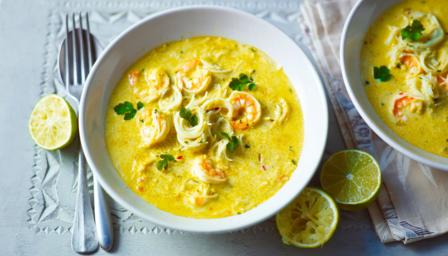Simple Food Recipes Biography
Source(google.com.pk)People in the Qing Dynasty treasured shark’s fin and edible bird’s nest, which are indispensable ingredients at modern, opulent banquets. These two foods were brought into China from Southeast Asia in the early years of the Ming Dynasty when the eunuch, Zheng He, returned from there. During the middle period of the Qing Dynasty, edible bird’s nest and shark’s fin headed the menus at extravagant banquets. Sea cucumbers and prawns are native to China, but only became imperial dishes much later.
As cities and towns began to develop and thrive, cooking became a commercial activity and many restaurants were opened. Some cooks freed themselves from their slave status of serving the royal family and nobility by becoming independent laborers who sold their cooking skills. Many famous cooks and chefs emerged, among them Song Wusao in the Southern Song Dynasty and Wang Eryu in the Qing Dynasty.
Scholars also became interested and involved in cooking during this period by recording the cooks’ knowledge, creativity, processes, and recipes for later generations. Using their education and aesthetic ability, they urged the cooks to make dishes more appealing to the senses of sight, smell, taste and touch. They were gourmets who knew diets and cooking very well, and they helped the cooks create a dietetic culture. They were connoisseurs and critics, propellers of progress, and recorders of the cooking experience.
Because of cultural exchanges between China and other countries, foods not native to China, such as corn sweet potatoes, peanuts, and hot peppers, gradually entered the daily lives of the Chinese people. Many regions developed cuisines with unique flavors as a result of these exchanges.
To some extent peoples’ food and drink are influenced by regional divisions, but the primary influences are peoples’ income, education, culture, and religious beliefs. For these reasons, China developed several dietetic cultures. These include the imperial, aristocratic, literati, market, and temple cuisines. Especially during the Ming and Qing Dynasties, imperial food and drink were closely tied to preserving health, which led to the development of unique imperial food.
Simple Food Recipes Food Recipes for Dinner For Kds with Pictures In Urdu Desserts Pinoy In Hindi in Sinhala Language for Kids to Make in Sri Lanka

Simple Food Recipes Food Recipes for Dinner For Kds with Pictures In Urdu Desserts Pinoy In Hindi in Sinhala Language for Kids to Make in Sri Lanka

Simple Food Recipes Food Recipes for Dinner For Kds with Pictures In Urdu Desserts Pinoy In Hindi in Sinhala Language for Kids to Make in Sri Lanka

Simple Food Recipes Food Recipes for Dinner For Kds with Pictures In Urdu Desserts Pinoy In Hindi in Sinhala Language for Kids to Make in Sri Lanka

Simple Food Recipes Food Recipes for Dinner For Kds with Pictures In Urdu Desserts Pinoy In Hindi in Sinhala Language for Kids to Make in Sri Lanka

Simple Food Recipes Food Recipes for Dinner For Kds with Pictures In Urdu Desserts Pinoy In Hindi in Sinhala Language for Kids to Make in Sri Lanka

Simple Food Recipes Food Recipes for Dinner For Kds with Pictures In Urdu Desserts Pinoy In Hindi in Sinhala Language for Kids to Make in Sri Lanka

Simple Food Recipes Food Recipes for Dinner For Kds with Pictures In Urdu Desserts Pinoy In Hindi in Sinhala Language for Kids to Make in Sri Lanka

Simple Food Recipes Food Recipes for Dinner For Kds with Pictures In Urdu Desserts Pinoy In Hindi in Sinhala Language for Kids to Make in Sri Lanka

Simple Food Recipes Food Recipes for Dinner For Kds with Pictures In Urdu Desserts Pinoy In Hindi in Sinhala Language for Kids to Make in Sri Lanka

No comments:
Post a Comment